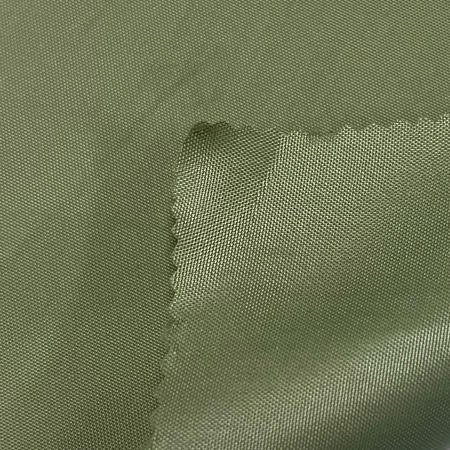Outdoor sleeping bags are a cornerstone of camping and survival gear, especially when venturing into harsh environments. The performance of a sleeping bag is not only determined by its insulation but also by the quality and characteristics of the fabric used in its construction. What are the key features of outdoor sleeping bag fabrics that make them indispensable for ensuring warmth, comfort, and durability in extreme weather conditions?
One of the most critical aspects of outdoor sleeping bag fabric is its ability to provide insulation while remaining breathable. In extreme weather conditions, where temperatures can dip significantly, the fabric must retain body heat while preventing the accumulation of moisture inside the bag. Fabrics such as nylon or polyester are commonly used for their lightweight nature and moisture-wicking capabilities. These materials allow sweat to evaporate quickly, preventing the user from feeling damp and cold during sleep, a situation that could lead to hypothermia in cold environments.
Moreover, outdoor sleeping bag fabrics are designed to be windproof, adding another layer of protection against harsh weather. Wind is often a significant factor in heat loss during outdoor activities, and even a slight breeze can drastically lower body temperature. Fabrics treated with durable water repellent (DWR) coatings enhance the sleeping bag's performance by creating a barrier against wind and rain. These water-resistant properties ensure that the fabric does not absorb moisture, keeping the interior of the sleeping bag dry even in wet conditions.
Another essential feature is the fabric's durability and abrasion resistance. Outdoor activities like hiking and camping expose sleeping bags to rough conditions, such as rocks, branches, or uneven ground. Fabrics like ripstop nylon are commonly used in high-performance sleeping bags due to their reinforced structure, which prevents tears and punctures from spreading. Ripstop fabrics have interwoven threads that create a grid-like pattern, adding strength to the material without significantly increasing weight. This ensures that the sleeping bag remains intact even after prolonged exposure to rough terrain or accidental damage.
Waterproofing is another key characteristic for sleeping bag fabrics used in wet environments. In situations where the sleeping bag may be exposed to rain or damp ground, fabrics with a waterproof membrane, such as Gore-Tex or a similar advanced material, are ideal. These fabrics prevent water from seeping into the bag, keeping the insulation dry and ensuring that the user stays warm. Waterproof fabrics also provide additional protection against dew or condensation, common issues when camping in humid conditions.

Moreover, the fabric's weight plays a crucial role in determining its suitability for backpacking and long treks. Sleeping bag fabrics must strike a balance between providing adequate protection and minimizing weight, especially for outdoor enthusiasts who prioritize lightweight gear. Lightweight fabrics, such as ultralight nylon, allow for easy packing and portability without sacrificing durability or performance. This makes them ideal for hikers or campers who need to minimize the weight of their gear for extended trips.
Thermal regulation is another important feature for outdoor sleeping bag fabrics. High-performance fabrics are designed to adjust to fluctuating temperatures, ensuring that the sleeping bag remains comfortable in both cold and moderately warm conditions. Fabrics that incorporate advanced materials, such as those used in synthetic insulation or down-feather composites, are often employed to enhance thermal efficiency, enabling the sleeping bag to trap heat during cold nights while allowing for breathability during warmer temperatures.
The combination of these features—insulation, breathability, water resistance, durability, and thermal regulation—makes the fabric a crucial element in outdoor sleeping bags designed for extreme weather conditions. By choosing the right fabric, manufacturers ensure that their sleeping bags deliver the highest level of comfort and protection, enabling adventurers to tackle the harshest environments with confidence.















